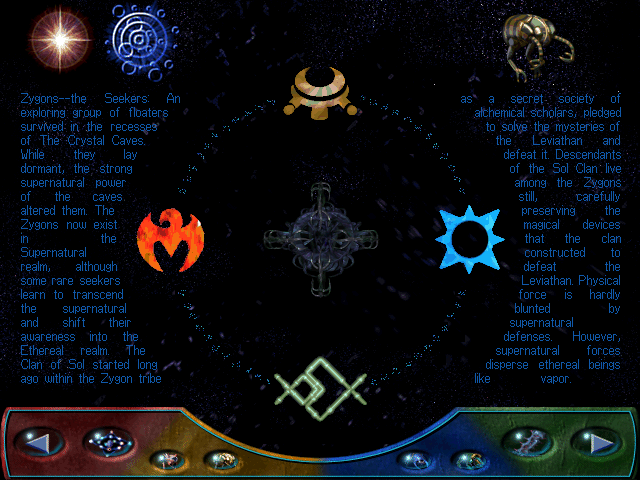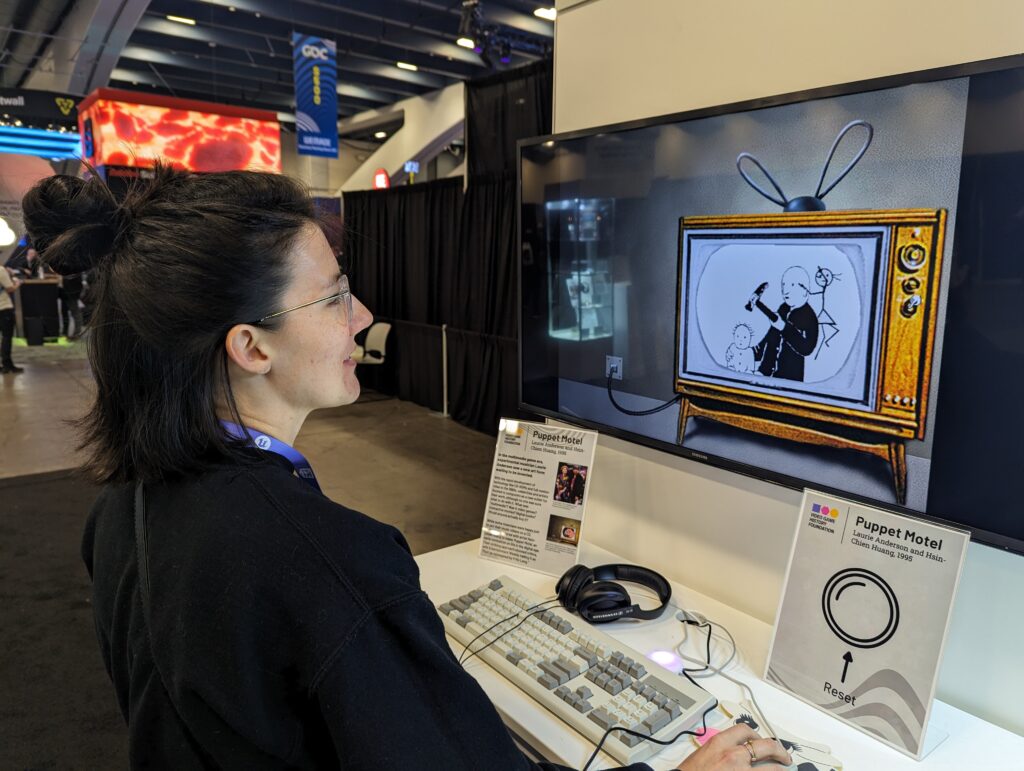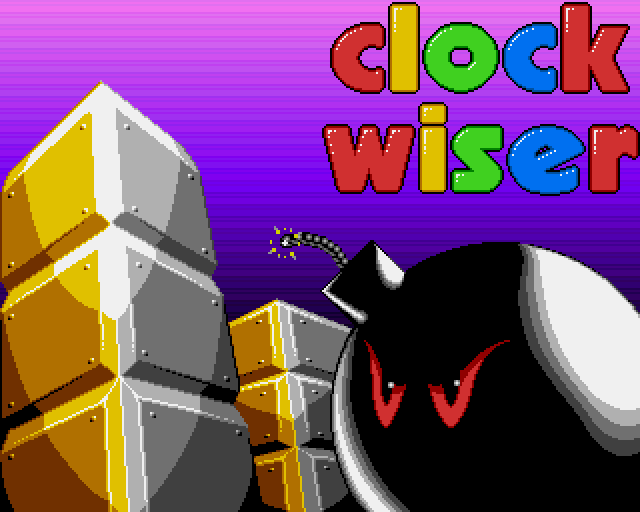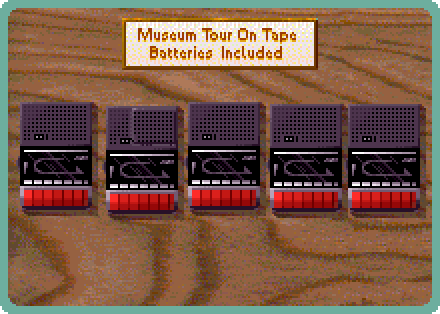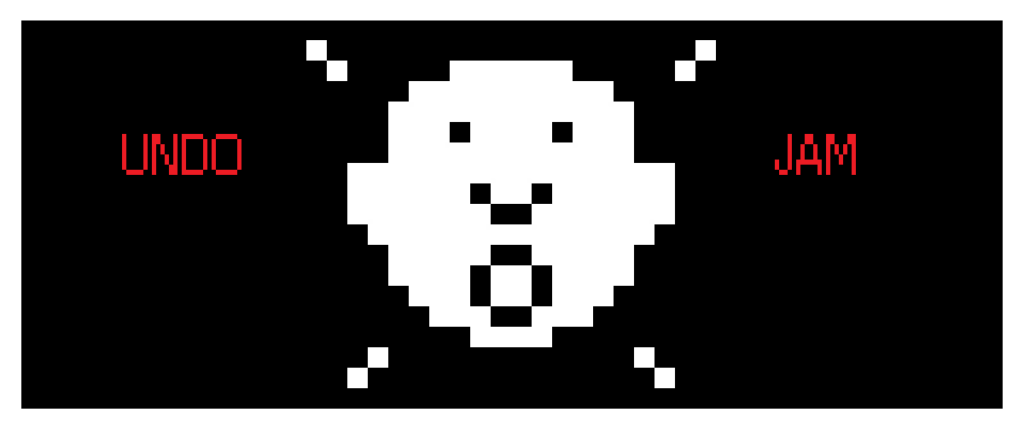What I’ve been up to 
Been a while, hasn’t it? Obviously, posting this an entire month after my last post isn’t the strongest reassurance that there will be regular updates on here again, but: Hello! I am here!
The Obscuritory is something that means a lot to me and has always been on my mind during the three years between posts here. It just hadn’t been a priority in my life for a bit. As I mentioned previously, I had been incredibly busy with work, which had sapped a lot of my energy for more game-related writing and research after office hours. I also spent a long time continuing to work through mental health stuff; suffice to say, Silicon Valley is not the first place I would choose to live, but I am slowly finding my way out here and my community.
I want to share what I’ve been doing at work though, because if you’re reader here and you’re not keeping up with what I’m doing outside this blog, I think you’ll really enjoy this.
I’m the library director at the Video Game History Foundation, and earlier this year, we launched our digital library of video game history materials. It has magazines, promotional materials, design documents, team photos, cultural ephemera, and any other sort of materials that we think will help people understand the history of games.
Whenever I write about weird old games, I like finding whatever context I can, which usually involves rummaging through the big messy pile of magazine scans on the Internet Archive for interviews and previews, or, previously, using the subscription databases I had at my old job. Context elevates writing so much. What we’ve made here is a tool that helps you find context.
Just for fun for this post, I decided to search for perennial Obscuritory favorite The Labyrinth of Time in our digital archive and immediately found a preview in Computer Game Review, possibly from the magazine’s trip to the 1993 Summer Consumer Electronic Show. From an issue that wasn’t even scanned until we did it!
As a professional librarian and full-time game history enjoyer, this library has been my passion project for three years. Not just writing all the metadata and setting the direction for our library system, but working on these specific collections. I was in charge of our project to preserve the raw filming and behind-the-scenes videos from Myst, Riven, and Uru. I do not say this about every project I work on: It was the privilege of a lifetime to work on this project and help the folks at Cyan—who I’ve long been a fan of—preserve and share their own history.
I’ve spent the better part of this year coming down from my bad habit of working late nights and weekends, which means I’m carving out some time for myself again. Most recently I’ve been helping a friend with Doom modding, which has been a unique and fun set of challenges. But I am happy to report I think I’ve got the writing bug again too.
With any luck, things will pick up again here too. At a slower pace than before, but still!

